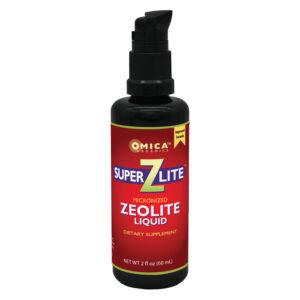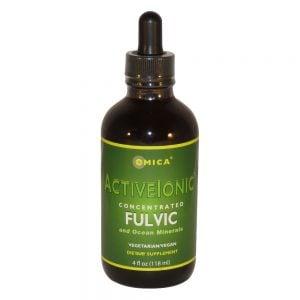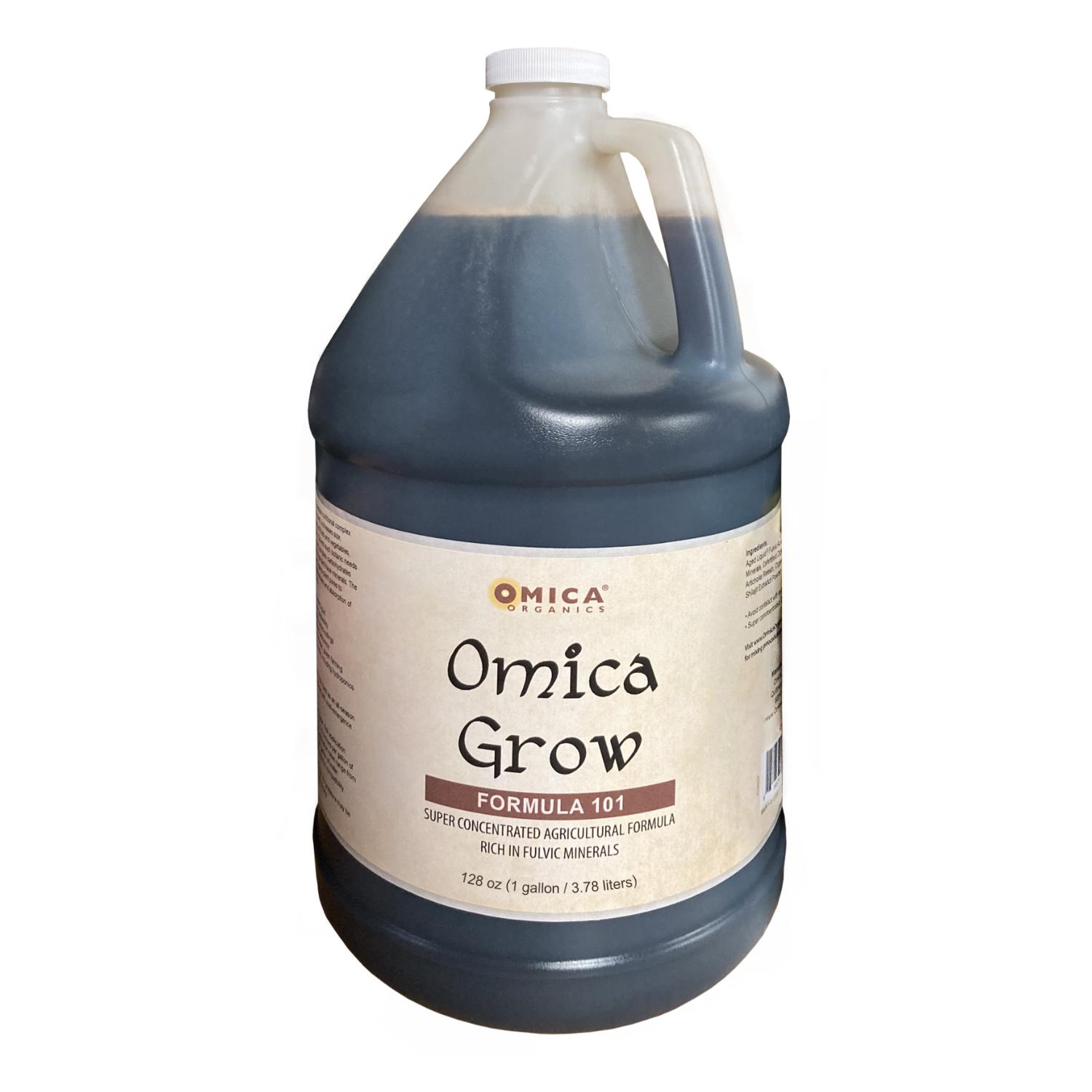REC articles are not the view or opinion of Alpha Extract Administrators
Broccoli sprout compound may restore brain chemistry imbalance linked to schizophrenia
Water By Omica makes premium, unique, health conscious water filters and water products for you and your family.

Water By Omica – Omica Organics
Summary: Sulforaphane, a compound derived from broccoli sprouts, may be a useful new treatment for those suffering from schizophrenia. In a recent set of animal and human studies, researchers characterized novel chemical imbalances in the brain related to glutamate. Levels of glutamate, they discovered, can be altered by administering sulforaphane.
Source: Johns Hopkins Medicine
In a series of recently published studies using animals and people, Johns Hopkins Medicine researchers say they have further characterized a set of chemical imbalances in the brains of people with schizophrenia-related to the chemical glutamate. And they figured out how to tweak the level using a compound derived from broccoli sprouts.
They say the results advance the hope that supplementing with broccoli sprout extract, which contains high levels of the chemical sulforaphane, may someday provide a way to lower the doses of traditional antipsychotic medicines needed to manage schizophrenia symptoms, thus reducing unwanted side effects of the medicines.
“It’s possible that future studies could show sulforaphane to be a safe supplement to give people at risk of developing schizophrenia as a way to prevent, delay or blunt the onset of symptoms,” adds Akira Sawa, M.D., Ph.D., professor of psychiatry and behavioral sciences at the Johns Hopkins University School of Medicine and director of the Johns Hopkins Schizophrenia Center.
Schizophrenia is marked by hallucinations, delusions and disordered thinking, feeling, behavior, perception and speaking. Drugs used to treat schizophrenia don’t work completely for everyone, and they can cause a variety of undesirable side effects, including metabolic problems increasing cardiovascular risk, involuntary movements, restlessness, stiffness and “the shakes.”
In a study described in the Jan. 9 edition of the journal JAMA Psychiatry, the researchers looked for differences in brain metabolism between people with schizophrenia and healthy controls. They recruited 81 people from the Johns Hopkins Schizophrenia Center within 24 months of their first psychosis episode, which can be a characteristic symptom of schizophrenia, as well as 91 healthy controls from the community. The participants were an average of 22 years old, and 58% were men.
The researchers used a powerful magnet to measure and compare five regions in the brain between the people with and without psychosis. A computer analysis of 7-Tesla magnetic resonance spectroscopy (MRS) data identified individual chemical metabolites and their quantities.
The researchers found on average 4% significantly lower levels of the brain chemical glutamate in the anterior cingulate cortex region of the brain in people with psychosis compared to healthy people.
Glutamate is known for its role in sending messages between brain cells, and has been linked to depression and schizophrenia, so these findings added to evidence that glutamate levels have a role in schizophrenia.
Additionally, the researchers found a significant reduction of 3% of the chemical glutathione in the brain’s anterior cingulate cortex and 8% in the thalamus. Glutathione is made of three smaller molecules, and one of them is glutamate.
Next, the researchers asked how glutamate might be managed in the brain and whether that management is faulty in disease. They first looked at how it’s stored. Because glutamate is a building block of glutathione, the researchers wondered if the brain might use glutathione as a way to store extra glutamate. And if so, the researchers questioned if they could use known drugs to shift this balance to either release glutamate from storage when there isn’t enough, or send it into storage if there is too much.
In another study, described in the Feb. 12 issue of the journal PNAS, the team used the drug L-Buthionine sulfoximine in rat brain cells to block an enzyme that turns glutamate into glutathione, allowing it to be used up. The researchers found that these nerves were more excited and fired faster, which means they were sending more messages to other brain cells. The researchers say shifting the balance this way is akin to shifting the brain cells to a pattern similar to one found in the brains of people with schizophrenia. Next, the researchers wanted to see if they could do the opposite and shift the balance to get more glutamate stored in the form of glutathione. They used the chemical sulforaphane found in broccoli sprouts, which is known to turn on a gene that makes more of the enzyme that sticks glutamate with another molecule to make glutathione. When they treated rat brain cells with glutathione, it slowed the speed at which the nerve cells fired, meaning they were sending fewer messages. The researchers say this pushed the brain cells to behave less like the pattern found in brains with schizophrenia.
“We are thinking of glutathione as glutamate stored in a gas tank,” says Thomas Sedlak, M.D., Ph.D., assistant professor of psychiatry and behavioral sciences. “If you have a bigger gas tank, you have more leeway on how far you can drive, but as soon as you take the gas out of the tank it’s burned up quickly. We can think of those with schizophrenia as having a smaller gas tank.”
Because sulforaphane changed the glutamate imbalance in the rat brains and affected how messages were transmitted between the rat brain cells, the researchers wanted to test whether sulforaphane could change glutathione levels in healthy people’s brains and see if this could eventually be a strategy for people with mental disorders. For their study, published in April 2018 in Molecular Neuropsychiatry, the researchers recruited nine healthy volunteers (four women, five men) to take two capsules with 100 micromoles daily of sulforaphane in the form of broccoli sprout extract for seven days.
The volunteers reported that a few of them were gassy and some had stomach upset when eating the capsules on an empty stomach, but overall the sulforaphane was relatively well tolerated.
The researchers used MRS again to monitor three brain regions for glutathione levels in the healthy volunteers before and after taking sulforaphane. They found that after seven days, there was about a 30% increase in average glutathione levels in the subjects’ brains. For example, in the hippocampus, glutathione levels rose an average of 0.27 millimolar from a baseline of 1.1 millimolar after seven days of taking sulforaphane.
The scientists say further research is needed to learn whether sulforaphane can safely reduce symptoms of psychosis or hallucinations in people with schizophrenia. They would need to determine an optimal dose and see how long people must take it to observe an effect. The researchers caution that their studies don’t justify or demonstrate the value of using commercially available sulforaphane supplements to treat or prevent schizophrenia, and patients should consult their physicians before trying any kind of over-the-counter supplement. Versions of sulforaphane supplements are sold in health food stores and at vitamin counters, and aren’t regulated by the U.S. Food and Drug Administration.
In a series of recently published studies using animals and people, Johns Hopkins Medicine researchers say they have further characterized a set of chemical imbalances in the brains of people with schizophrenia related to the chemical glutamate. And they figured out how to tweak the level using a compound derived from broccoli sprouts. The image is credited to Thomas Sedlak.
“For people predisposed to heart disease, we know that changes in diet and exercise can help stave off the disease, but there isn’t anything like that for severe mental disorders yet,” says Sedlak. “We are hoping that we will one day make some mental illness preventable to a certain extent.”
Sulforaphane is found in a variety of cruciferous vegetables and was first identified as a “chemoprotective” substance decades ago by Paul Talalay and Jed Fahey at Johns Hopkins.
According to the World Health Organization, schizophrenia affects about 21 million people worldwide.
Authors on the papers who were not yet mentioned include Anna Wang, Subechhya Pradhan, Jennifer Coughlin, Aditi Trivedi, Samantha DuBois, Jeffrey Crawford, Frederick Nucifora, Gerald Nestadt, Leslie Nucifora, David Schretlen, Peter Barker, Bindu Paul, Gregory Parker, Lynda Hester, Adele Snowman, Yu Taniguchi, Atsushi Kamiya, Solomon Snyder, Minori Koga, Lindsay Shaffer, Cecilia Higgs, Teppei Tanaka and Jed Fahey of Johns Hopkins.
Funding: These studies were supported by the National Institute of Mental Health (MH-094268, MH-092443, MH-084018, MH-105660, MH-107730, MH-096263 and U.S. Public Health Service MH18501), the National Institute of Biomedical Imaging and Bioengineering (EB015909), the National Institute of Neurological Disorders and Stroke (K08NS057824 and NS057824), the Stanley Foundation, the Stanley Research Foundation, the Johns Hopkins Brain Science Institute, the National Association for Research on Schizophrenia and Depression Young Investigator Grant and the Hilliard Fund. Participant recruitment was supported in part by Mitsubishi Tanabe Pharma.
Schretlen reported receiving royalties on sales of a test used in the JAMA Psychiatry paper under an agreement with Psychological Assessment Resources, which has been reviewed and approved by The Johns Hopkins University in accordance with its conflict of interest policies.
We hope you have enjoyed this article and as always, we appreciate everyone that helps support our group by purchasing 1 or more of the Quality Products available @







Site Contributor
Natural Ocurring Carbon Binding Microbes

Alpha Extracts – Omica Grow – Plant Superfood & Soil Restoration
